

(David Gray/Reuters)
Armed Chinese soldiers sit in the back of a truck as they drive towards the city of Kangding in Sichuan Province in March 2008
'They cried long live the Dalai Lama – then the firing started'
Chinese paramilitary police killed eight people and wounded dozens more when they fired on a protest by several hundred Tibetan monks and villagers, The Times has been told.
The protesters were enraged by a government inspection team trying to confiscate pictures of the Dalai Lama.
The clash, one of the bloodiest since Tibetan protests against China erupted last month, occurred in the village of Donggu, high in the mountains of Sichuan province near the border with Tibet, after government officials entered the sprawling ancient hillside monastery of Tongkor.
They searched the room of every monk, confiscating all mobile phones as well as the pictures. The monastery’s website (www.donggusi.com) says that it is home to 350 monks. A contact telephone for the monastery was not operational yesterday.
When the officials had removed the photographs, a 74-year-old monk, identified as Cicheng Danzeng, tried to stop police from throwing the images on the ground — an act seen as a desecration by Tibetans, who revere the Dalai Lama as their god king. A young man working in the monastery, Cicheng Pingcuo, 25, also made a stand and both were arrested.
The team of officials then demanded that all the monks denounce the Dalai Lama, who fled China after a failed uprising in 1959. One monk, Yixi Lima, stood up and voiced his opposition, prompting the other monks to add their voices.
About 6.30pm, the entire monastic body marched down to a nearby river, where paramilitary police were encamped and demanded the release of the two men. They were joined by several hundred local villagers, many of them enraged at the detention of the elderly monk, who locals say is well respected in the area for his learning and piety.
Shouting “Long Live the Dalai Lama”, “Let the Dalai Lama come back” and “We want freedom”, the crowd demonstrated until about 9pm.
Witnesses said that up to 1,000 paramilitary police used force to try to end the protest and opened fire on the crowd. In the gunfire, eight people died, according to a local resident in direct contact with the monastery. These included a 27-year-old monk identified as Cangdan and two women named as Zhulongcuo and Danluo.
Witnesses said that a 30-year-old villager, Pupu Deley, was killed, with the son of a villager named Cangdan, and the daughter of a villager called Cuogu. Two other people, whose identities were not available, were also killed, the witnesses said. Among those wounded was one person with a bullet through the ear and another shot in the shoulder. About 10 people were still missing yesterday, including another monk, Ciwang Renzhen.
One witness, who declined to be identified, said: “People were very angry after the old lama was detained. He is very much loved and so many ordinary people were very excited.”
State-run Chinese media confirmed that the police resorted to force but insisted that it was only after a government official was attacked and seriously wounded by protesters. “Local officials exercised restraint during the riot and repeatedly told the rioters to abide by the law,” they reported.
The use of live rounds was a last resort, the Xinhua news agency said, without specifying how the Tibetan demonstrators had injured the official. It said: “Police were forced to fire warning shots and put down the violence, since local officials and people were in great danger.”
Pro-Tibet activists said the incident erupted after the chief monk turned away the officials on Wednesday, and they returned the following day backed by a squad of paramilitary police. They said the police had opened fire when demonstrators, expecting the two detainees to be freed by 8pm, confronted the security at a roadblock outside the temple.
Yesterday armed paramilitary police patrolled the streets of the village and surrounded the monastery. All communications had been cut.
Pictures of the Dalai Lama have been banned in China since the mid-1990s when the exiled monk enraged Beijing by announcing that, working with an abbot of a major monastery in Tibet, he had identified the reincarnation of the Panchen Lama — Tibet’s spiritual leader — who died in 1989. That boy disappeared and the Communist Party oversaw a new search in which another child was installed as the reincarnation.
However, many monks and ordinary Tibetans still keep pictures of the Dalai Lama in their homes or hidden on the corner of temple altars.
The new search appears to be part of a policy by the Government to try to suppress the anti-Chinese unrest. On Thursday paramilitary police entered the Drangko monastery in Sichuan — where a policeman and two Tibetans died in clashes on March 24 — in a hunt for banned photographs. Witnesses said that the police threw the pictures on the ground and stamped on them.
The latest upsurge of violence highlights the difficulties the Chinese authorities are facing in trying to end almost a month of protests across the Tibetan region and the depth of anti-Chinese sentiment among a deeply Buddhist minority loyal to the exiled Dalai Lama. It comes just as the issue of unrest has become a focus for activists around the world who are criticising China’s human rights record as it prepares to host the Olympic Games in Beijing in August.
The latest violence must also cast a shadow over Beijing’s plans to reopen the Tibetan capital, Lhasa, to tourists by May 1.
Before Thursday’s violence, the security forces appeared to have regained control of the vast areas of the country. In Lhasa, police issued their Number 13 most wanted list, bringing to 79 the number of people still sought for their roles in a riot on March 14 when Tibetans rampaged through the streets of the Tibetan capital, stabbing and stoning ethnic Han Chinese and setting fire to hundreds of shops and offices. At least 18 people died.
Lhasa authorities sent out a text message to the mobile phones of all residents yesterday, offering a reward of 20,000 yuan (£1,300) to anyone giving information leading to the arrest of those wanted for the violence.
The unrest has spilled quickly since monks from a monastery on the edge of Lhasa first tried to stage a peaceful demonstration on March 10 to mark the anniversary of the Dalai Lama’s flight into exile in 1959. Since then, violence has been reported in several provinces with large Tibetan populations.
Two monks in Sichuan province have committed suicide, according to Tibetan sources. One aged 32 hanged himself in his room at Geerten monastery on March 27, leaving a signed suicide note. Another, aged 72, from Guomang temple, was apparently upset after being detained while en route to a religious ceremony with his disciples. He returned to his monastery and killed himself.
Policía china abrió fuego durante "disturbios" en zona tibetana.
PEKÍN (AFP) - La policía china abrió fuego durante unos "disturbios" en una área de población tibetana en el sudoeste de China, informó este viernes la agencia de prensa oficial China Nueva, mientras que una organización pro tibetana aseguró que ocho personas murieron por los disparos.
"La policía se vio obligada a efectuar disparos de advertencia para sofocar la violencia", dijo un funcionario del gobierno local citado por la agencia.
"Funcionarios locales trataron de contener los disturbios y exigieron a los alborotadores que respetasen la ley", añadió el funcionario.
China Nueva no ofreció más detalles de los disturbios en la escueta nota.
La organización Campaña por un Tíbet Libre, con base en Londres, aseguró, citando fuentes en la región, que la policía abrió fuego cuando 370 monjes del monasterio de Tongkhor y otras 400 personas trataban de manifestarse.
Ocho tibetanos murieron como consecuencia de los disparos de la policía, según el portavoz de la organización, Matt Whitticase, quien matizó que dispone de información de una sola fuente, pero que reveló la identidad de siete de los ocho presuntos fallecidos.
Whitticase aseguró que el motivo de la protesta era la detención de dos monjes el pasado martes por llevar fotografías del líder espiritual tibetano en el exilio, el Dalai Lama.
Las protestas de los tibetanos contra China comenzaron el 10 de marzo en la capital de Tíbet, Lhasa, y se extendieron a otras regiones limítrofes con importantes comunidades budistas.
Hasta el momento, China reconoce oficialmente la muerte de 18 civiles "inocentes", mientras que el gobierno tibetano en el exilio cifra entre 135 y 140 los tibetanos muertos por la represión policial.
China consideró este viernes que el llamamiento de un emisario del Dalai Lama a suprimir el paso de la llama olímpica por el Tíbet ponía de manifiesto la intención de la "camarilla" del jefe espiritual tibetano de "sabotear" los Juegos Olímpicos que se celebrarán en Pekín en agosto.
"La llama olímpica es el mayor símbolo del espíritu olímpico. Representa la paz, la amistad y el progreso", declaró Zhu Jing, portavoz del Comité Organizador de los Juegos Olímpicos de Pekín 2008 (Bocog).
"El hecho de que la 'camarilla del Dalai' llame a anular el relevo (en el Tíbet) muestra la voluntad de sabotear los Juegos Olímpicos de Pekín", afirmó a la AFP.
En el Congreso estadounidense, el emisario especial del Dalai Lama, Lodi Gyari, exhortó el jueves a China a suprimir el paso de la antorcha olímpica por el Tíbet, por ser un proyecto "intencionadamente provocador e insultante" tras la represión de las manifestaciones antichinas de marzo en Lhassa, capital tibetana.
Se prevé que la antorcha olímpica pase por Tíbet en mayo y junio.
Por Peter HarmsenAFP
http://es.noticias.yahoo.com/afp/20080404/twl-china-tibet-ddhh-violencia-jo2008-696b303.html




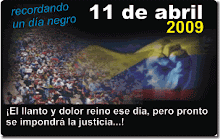



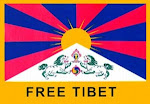







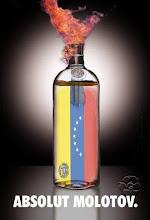
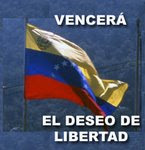
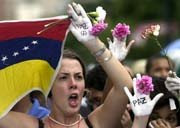

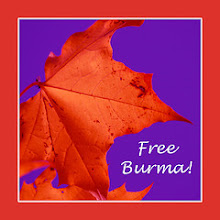

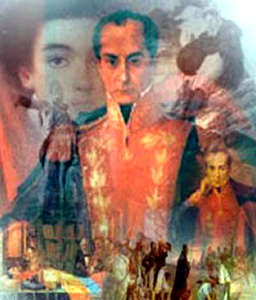
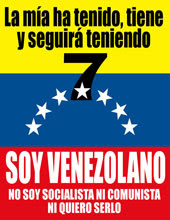
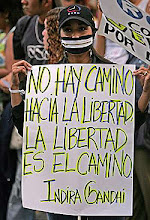




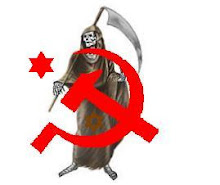
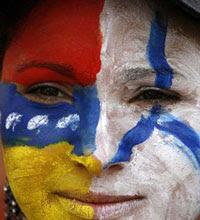
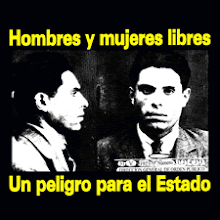

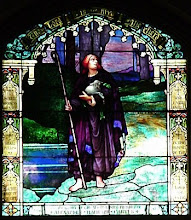



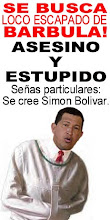
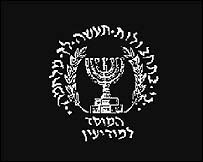
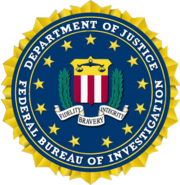
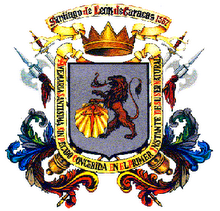






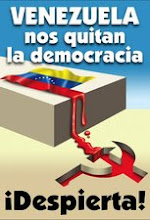









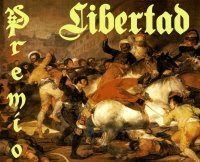



















No hay comentarios:
Publicar un comentario